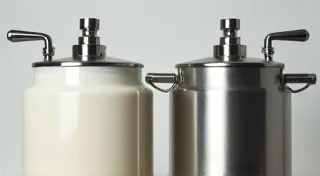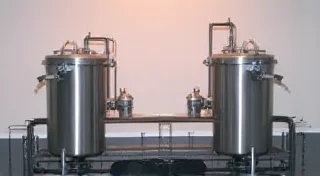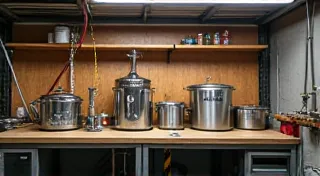Troubleshooting Stalled Fermentation
Experiencing a fermentation that isn't finishing? It's a frustrating problem, but thankfully, most stalled fermentations can be revived. This article provides actionable solutions and troubleshooting steps for stalled fermentation, helping you get your beer back on track.
What is Stalled Fermentation?
Stalled fermentation occurs when the fermentation process, usually driven by yeast, stops prematurely. You might notice things like no airlock activity for days, a persistently cloudy beer, or a high original gravity reading (OG) that hasn't dropped significantly. It can happen to brewers of all experience levels, but understanding the causes can lead to effective solutions.
Common Causes of Stalled Fermentation
Several factors can contribute to a stalled fermentation. Let's explore some of the most common culprits:
- Yeast Health: This is the most frequent cause. Yeast can die or become inactive due to various reasons.
- Low Temperature: Yeast thrives within a specific temperature range. Temperatures too low can slow or halt fermentation.
- High Gravity: Very high initial gravity (OG) can overwhelm the yeast. They struggle to process all the sugars.
- Oxygen Depletion: Yeast needs oxygen to initially multiply. A lack of oxygen can lead to a smaller, weaker yeast population.
- Nutrient Deficiency: Yeast need nutrients beyond just sugars to thrive. A lack of nitrogen, phosphorus, or other essential nutrients can hinder their performance.
- Infection: While not always the initial cause, a secondary infection can weaken the yeast and stall fermentation.
Troubleshooting Steps: Reviving Your Fermentation
Here's a breakdown of steps you can take to identify and address a stalled fermentation.
1. Check Your Temperature
Ensure your fermentation temperature is within the yeast's recommended range. Consult your yeast packet or online resources for the optimal temperature. A small adjustment in temperature can make a big difference. Try increasing the temperature slightly (within the yeast's recommended range).
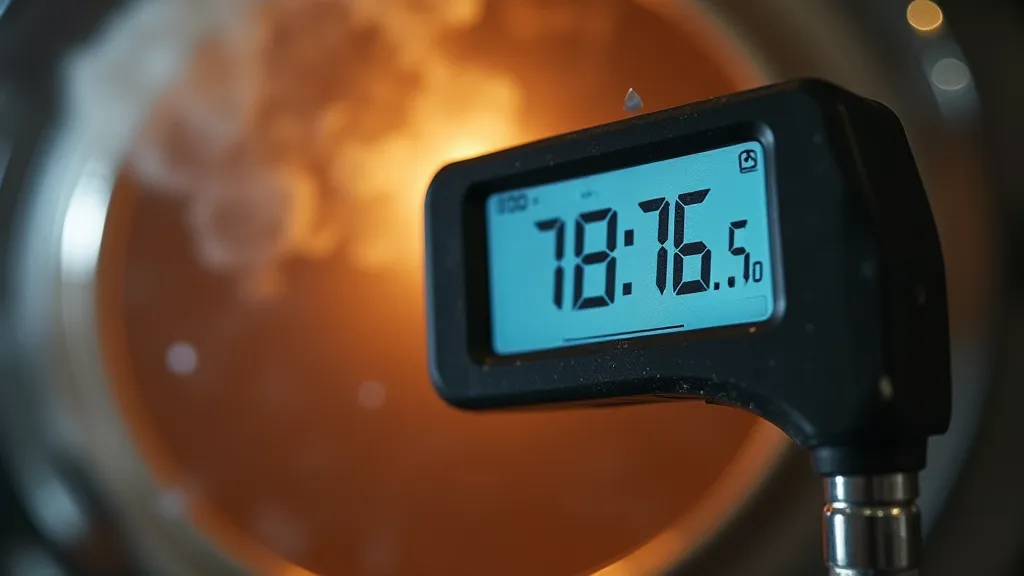
2. Oxygenate Your Wort (if applicable)
If the fermentation is very early, gently oxygenating the wort (the sugary liquid that becomes beer) can help. You can shake the fermenter (carefully, to avoid oxidation) or use an oxygen stone and oxygen tank (for more advanced brewers). Be mindful not to over-oxygenate as this can lead to oxidation problems later.
3. Yeast Starter (Re-Pitching)
This is often the most effective solution. Create a fresh yeast starter. A starter is a small batch of wort (often 1-2 pints) that is pitched with yeast and allowed to ferment for a few days. This allows the yeast to multiply before being pitched into your main batch.
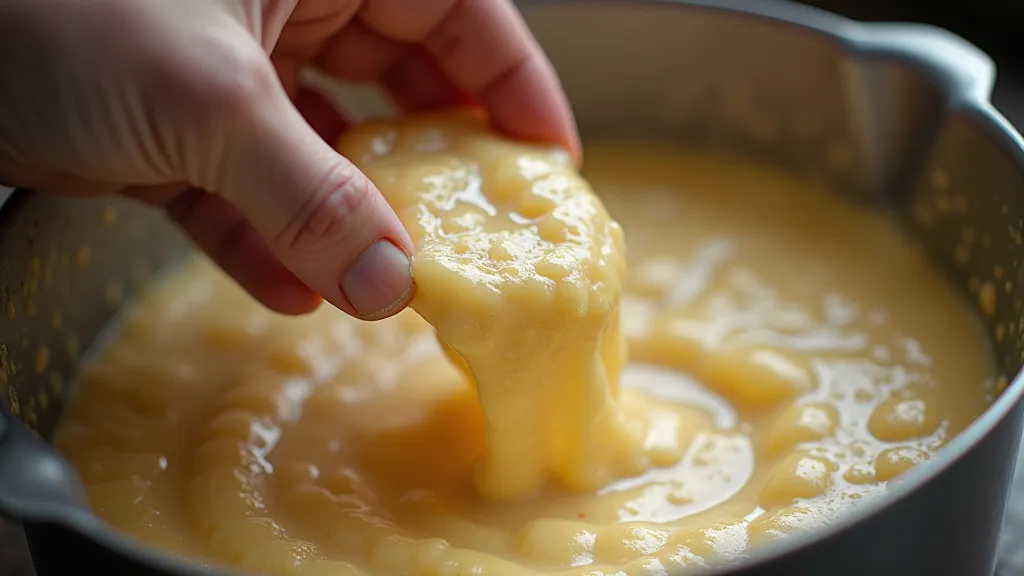
4. Add Yeast Nutrient
If you suspect nutrient deficiency, adding yeast nutrient (like Fermaid O or Go-Ferm) can help. Follow the product instructions carefully. It’s often beneficial to add a small amount during fermentation, not just at the beginning.
5. Consider a Yeast Revival Product
Products like Go-Re-Fresh are designed to revive stressed or weakened yeast. They work by providing extra nutrients and helping to remove metabolic waste products. Follow product instructions carefully.
6. Investigate for Infection
If the above steps don't work, there's a chance of a secondary infection. While this can be difficult to confirm without lab analysis, signs might include unusual off-flavors (sourness, vinegar-like aromas). Discarding the batch might be the safest option in this case.
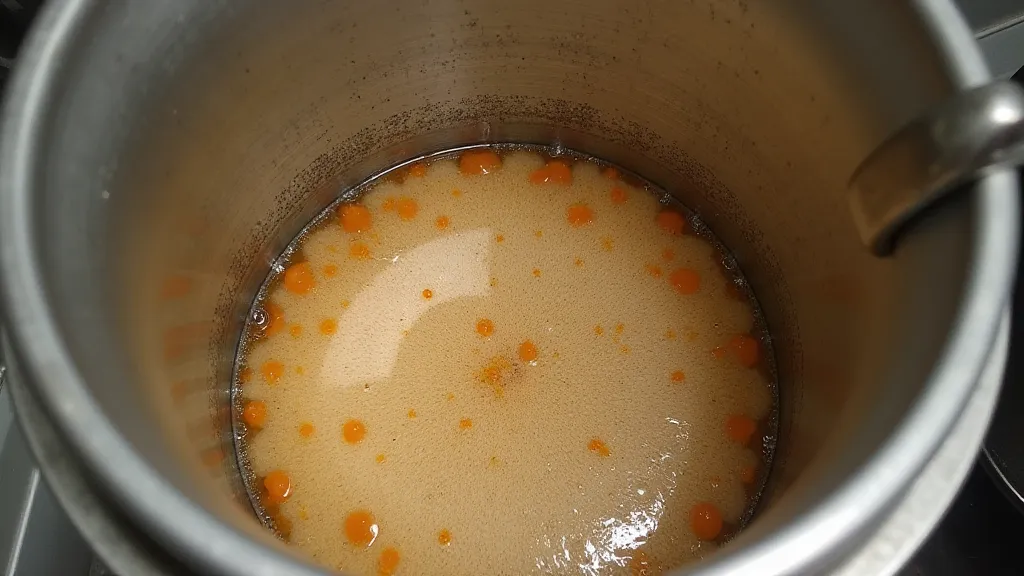
Prevention is Key
Preventing stalled fermentations is easier than rescuing them. Here are a few preventative measures:
- Always use fresh yeast.
- Create a yeast starter, especially for high-gravity beers.
- Maintain proper fermentation temperatures.
- Ensure adequate wort aeration/oxygenation.
- Add yeast nutrient appropriately.
Stalled fermentation can be frustrating, but by understanding the causes and following these troubleshooting steps, you can often revive your fermentation and enjoy a delicious, well-brewed beer. Remember to always prioritize sanitation to minimize the risk of contamination and stalled fermentations.
